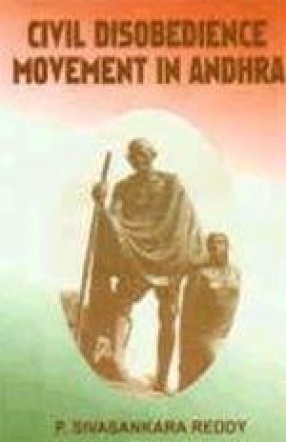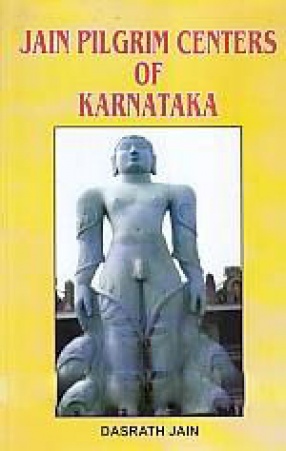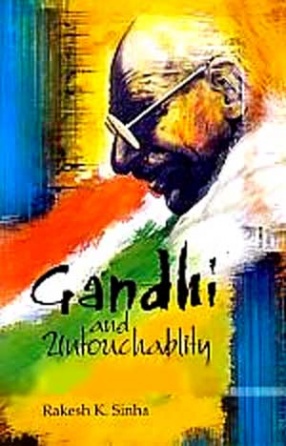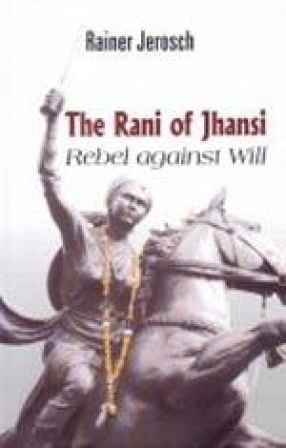The study of the history of colonial rule in South India in general and Andhra in particular has been a neglected area of study. This book is a comprehensive study of the part played by the people of Andhra districts of the erstwhile Madras Presidency in the civil disobedience movement. It began with the inauguration of Salt-Satyagraha in 1930 and continued with varying intensity upto 1934. The Civil Disobedience Campaign in Andhra was a well-organised, non-violent and mass movement. It was a well-organised movement because it was carefully planned and meticulously executed by the Congress leaders. It was a non-violent movement in the sense that even in the face of mounting repression, satyagraha volunteers rigorously abided by the principle of non-violence. The government’s policy of suppression didn’t in any way dampen the courage of satyagraha volunteers, who displayed great staunchness and forbearance and cheerfully endured all the hardships. It was a mass movement because there was a far wider range of peripheral sympahisers and activists from all strata of society.
Jain Pilgrim Centers of Karnataka
$16.20
$18.00





There are no reviews yet.